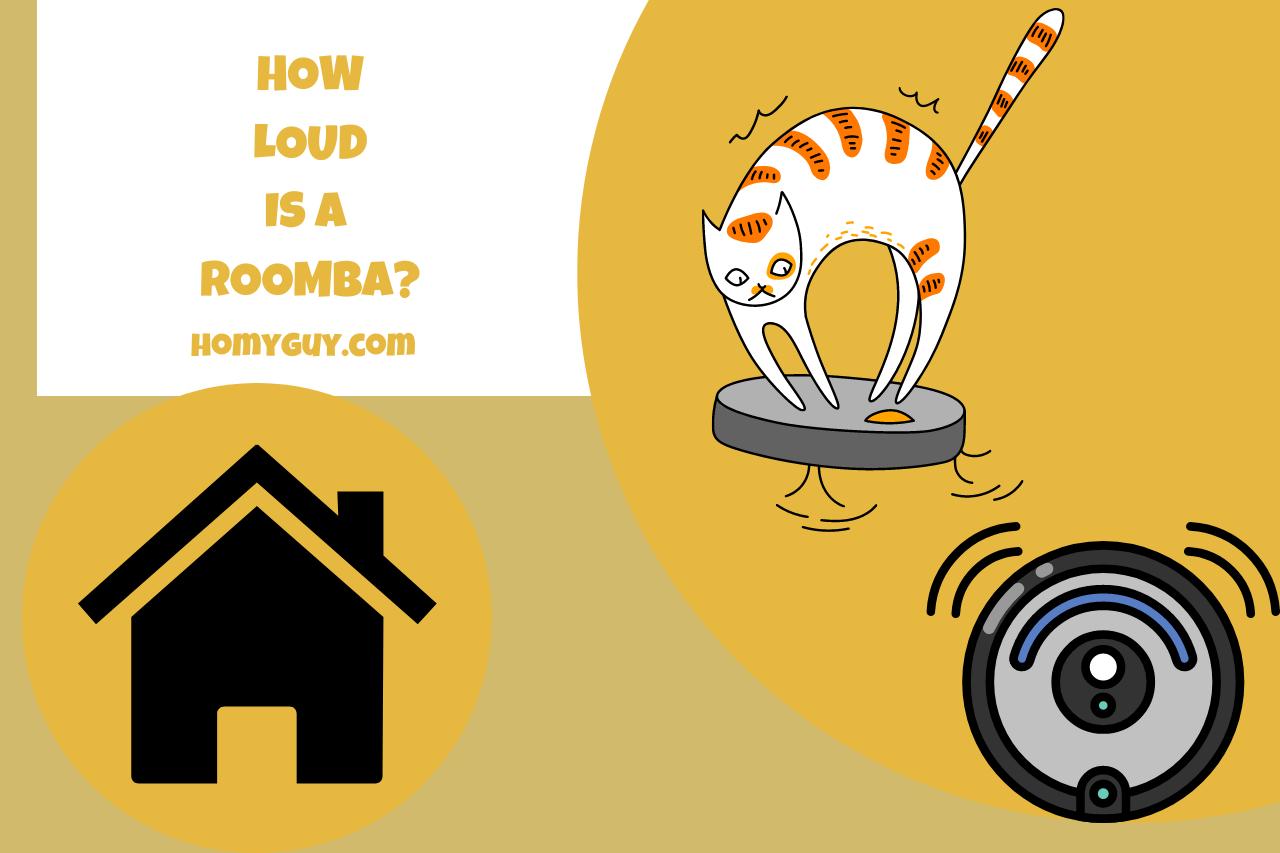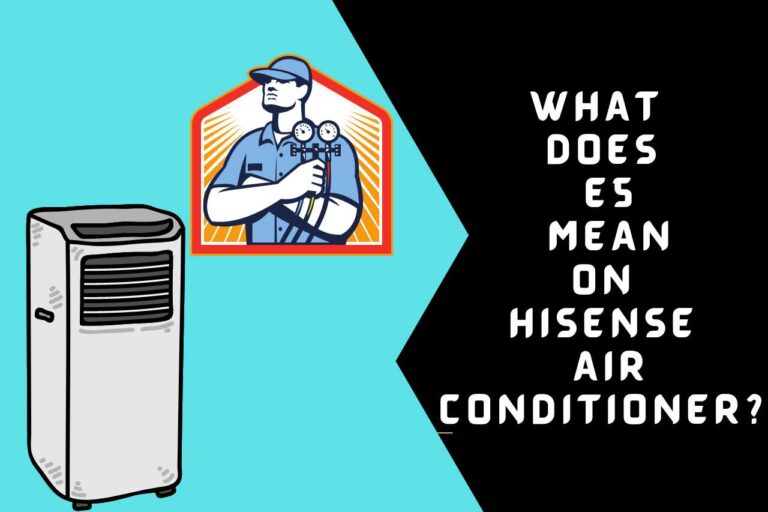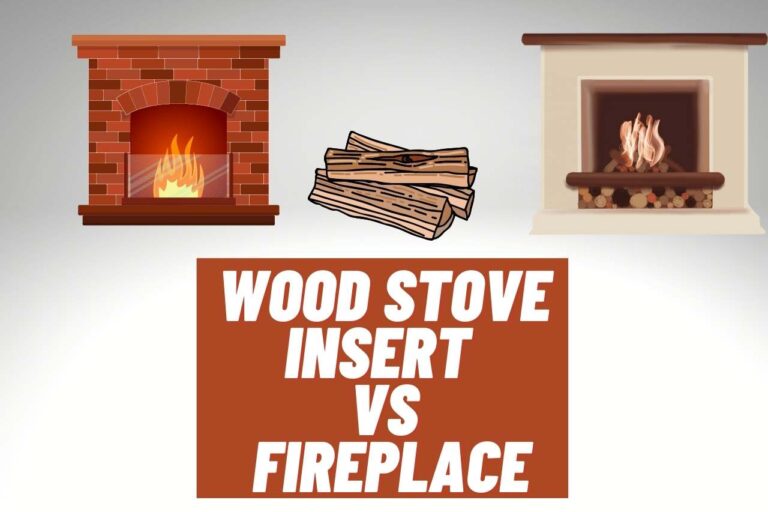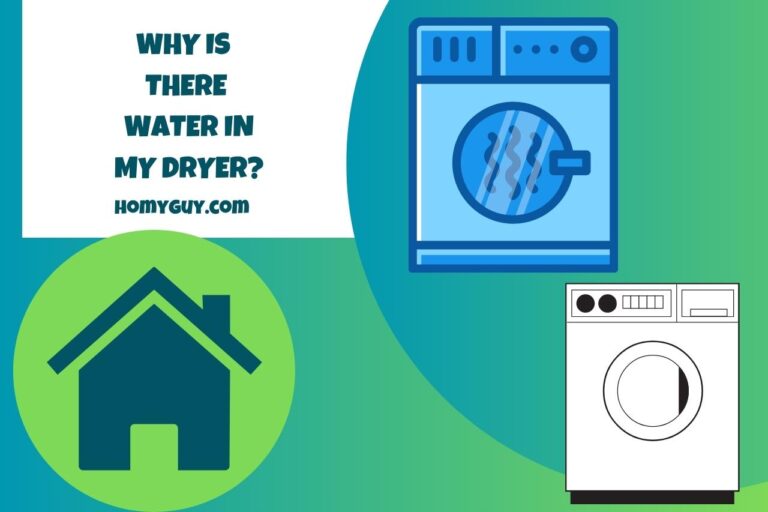How Loud is a Roomba? The Truth About Roomba’s Volume!
Roomba is a little gadget of modern cleaning technology. This robotic vacuum cleaner has been quite popular in many homes and has received excellent reviews for its efficiency and convenience. While its small size and modest look can give people the impression that it runs on a soft hum, the reality is quite different. Cleaning becomes a sound symphony because of sound as to the Roomba’s unexpectedly powerful roar, which reverberates throughout rooms. Its humming motors produce a distinctive audio experience, as does the odd bump against furniture. Prepare to be amazed by the Roomba’s aural skills as it sweeps gently over your floors, affecting your house as it goes.
Does Roomba Make a Lot of Noise?
The Roomba makes a lot of noise when working, like most robotic vacuum cleaners. Although not overly loud, it may be heard in a peaceful environment. The vacuum’s motors drive movement, and the vacuum is the main noise source.
These motors’ humming and the sound of the brushes sweeping and mixing up particles together provide a distinctive audible effect. Compared to carpeted surfaces, hard surfaces like wood or tile floors tend to have more noticeable noise.
It is important to note that recent technological developments have resulted in quieter models. Manufacturers have included noise-reduction options to reduce the disruption the Roomba causes.
Despite these efforts, it’s just advised to consider noise when using a Roomba, especially in circumstances when less disturbance is needed, including during work or sleeping hours.
What Factors Contribute to the Noise Produced by a Roomba?
The amount of noise that a Roomba robotic vacuum produces is affected by several things. First, the motor that drives the device’s movement and pressure is the main noise source. As the motors spin, vibrations may be heard as sound waves. These motors’ build quality and design can affect how noisy they are. Some versions have more efficient and quieter motor systems.
The Roomba’s brushes, which are in charge of sweeping and mixing up trash, also add to the noise. Noise may be produced by the revolving action and the bristles rubbing against the floor.
The type of surface being cleaned also has an impact on noise levels. Compared to carpet flooring, which might reduce some noise, hard surfaces like wood or tile enhance the sound more.
The sensors and navigation system of the Roomba are also important. The device can make louder noises when it alters its direction or makes contact with furniture or obstacles.
The Roomba’s age and condition might affect noise levels. Due to wear and tear or lost parts, older models or ones that require maintenance may make a greater noise.
The use of sound-dampening materials, motor design optimization, and the application of modern algorithms are all ongoing efforts by manufacturers to reduce noise.
What is the Noise Level of Roomba?
A Roomba’s noise level might change based on the model and its specific features. Robotic vacuum cleaners like the Roomba usually produce significant noise when operating.
It is quiet. The sound can still be audible, especially in quieter settings. With the implementation of noise reduction techniques by manufacturers, technological advancements have allowed for the introduction of quieter versions.
The noise level might still change depending on the motor design, brush agitation, and the kind of surface being cleaned. A Roomba’s overall noise level can be strong but quiet enough.
Is the Noise Level of a Roomba Adjustable?
No. A Roomba’s noise level cannot be changed. A Roomba’s design and specs, especially the motor and brush systems, are major in determining how noisy it is.
The user cannot change the noise level. The latest models operate more quietly than earlier ones because of the improvements in noise reduction the makers provide.
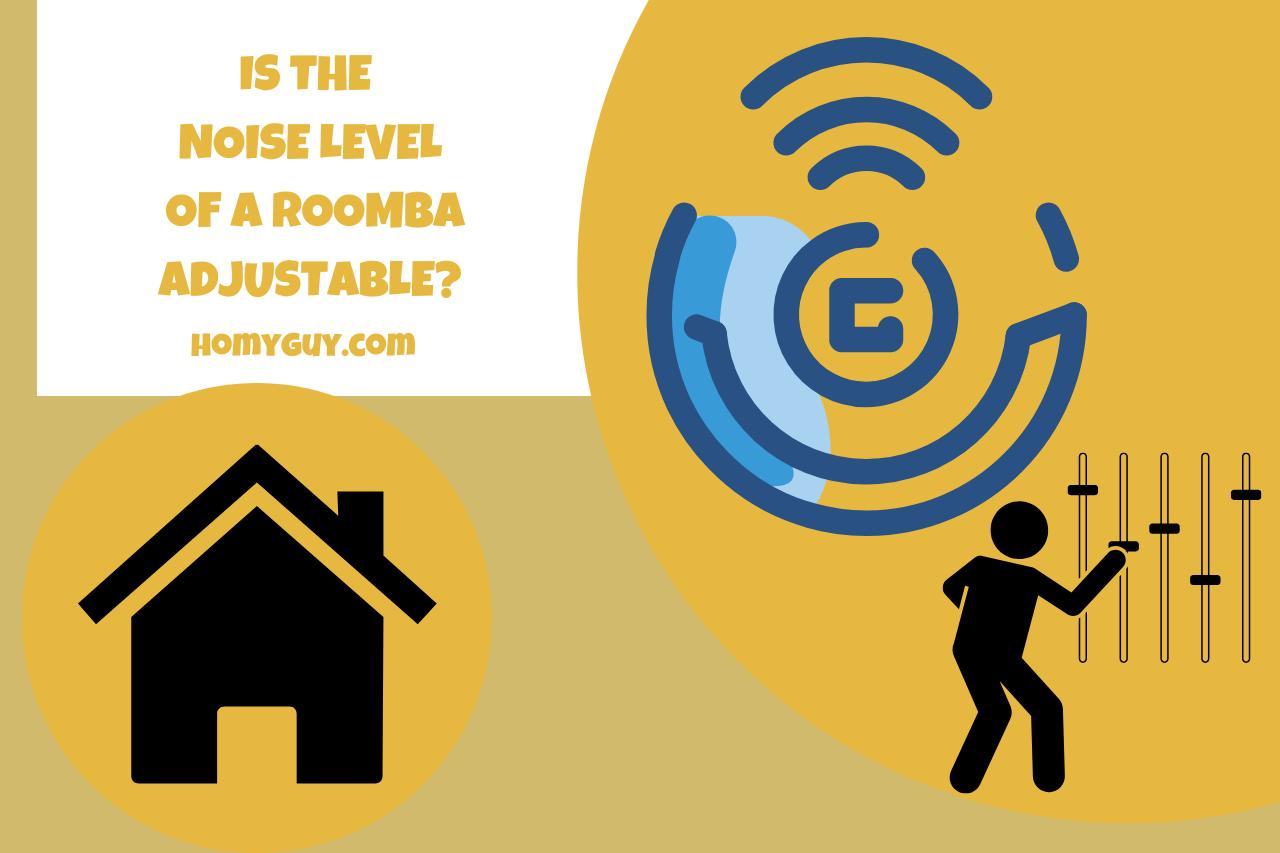
These developments aim to reduce the noise that the Roomba makes while cleaning. The noise level cannot be changed directly. Choosing a more recent model with better noise reduction capabilities can help reduce the noise the Roomba makes.
Is there a Quiet Mode for Roomba?
Yes. Many modern Roomba models come with a function that lowers the noise level while in operation, like a quiet mode. Users who want a quieter cleaning experience, especially in delicate or noise-sensitive situations, are the target audience for this option.
When the silent mode is engaged, the Roomba’s settings, including motor speed and vacuum power, are modified to reduce noise while maintaining cleaning effectiveness.
Users can use this option to minimize the Roomba’s noise output for a quieter cleaning experience. To determine if and how to use a silent mode, consult the user manual or product specifications for the user’s model.
How Loud is a Roomba on Hard Surfaces Versus Carpeted Floors?
If a Roomba works on carpeted floors or hard surfaces, the noise level might change. Due to a lack of sound acceptance, noise is usually more audible on hard surfaces like wood or tile.
There is a greater observed noise level due to the motor and brush vibrations’ greater ability to resonate.
The carpet strands on carpeted floors offer some degree of sound insulation, reducing the noise the Roomba makes. Compared to hard surfaces, the sound on carpeted floors may be quiet or less audible.
Does the Age or Model of a Roomba Affect Its Noise Level?
Yes. A Roomba’s noise level might vary based on its age and model. Due to damage to the motor and other components, older Roomba units could be noisier.
More recent versions frequently use improvements in motor design, brush systems, and noise reduction technologies, making them operate more quietly.
With every new version, manufacturers work to reduce the noise produced by their Roomba models because older models may have higher noise levels because of age or less effective noise reduction capabilities. Choosing a newer model will likely result in a calmer cleaning experience.
Has Roomba Gotten Quieter?
Yes, the Roomba has quieted down over time. Manufacturers have significantly improved noise reduction technologies with every new generation and model release.
They have concentrated on improving the operating system, adding sound-dampening materials, and enhancing motor design to reduce noise. Because of these efforts, current Roomba machines are quieter than previous versions and make less noise when working.
While various models may have different particular noise reduction capabilities, it is widely agreed that newer Roomba models offer a more quiet cleaning experience, making them less bothersome in home environments.
Watch this one,
Video Credits – Smitty’s World
You May Also Like
- What does E5 Mean on Hisense Air Conditioner? (Faults and Fixes)
- Carrier vs Lennox furnace – Read The Best Review And Decide

Hello! I’m Kavindu, a home imprpovement expert. With a passion for transforming living spaces, I share insights on everything from trendy interior designs to essential DIY tips. Whether you’re renovating or just refreshing your decor, join me for practical advice, creative ideas, and the latest home trends. Let’s make your house a dream home, one project at a time. Most importantly, I love cooking as much as I love blogging!

